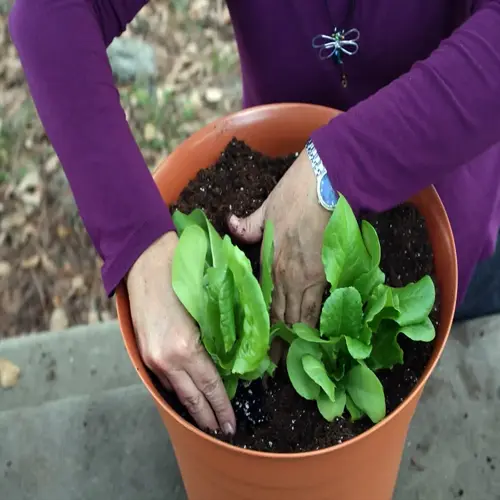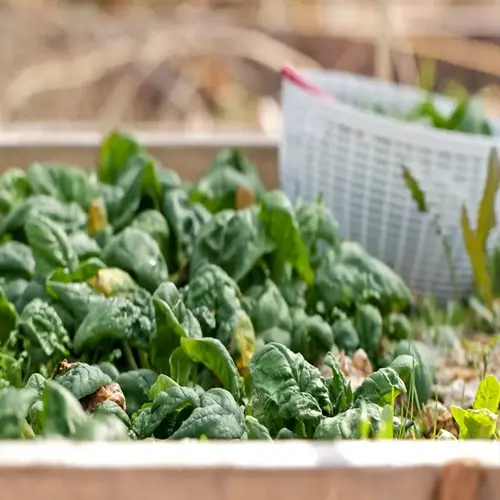Do radishes deter garden pests?

Written by
Kiana Okafor
Reviewed by
Prof. Samuel Fitzgerald, Ph.D.Radishes provide strong natural pest deterrence through companion planting. Their pungent compounds confuse insects that want their target crops. This method is organic and reduces the need for chemical pesticides, while also increasing biodiversity in your garden. Understanding these interactions fosters a healthier vegetable ecosystem.
Chemical Defense
- Glucosinolates in roots emit pest-repelling odors
- Volatiles mask scent trails of vulnerable plants
- Compounds deter beetles and maggots effectively
Physical Protection
- Dense foliage creates barrier against flying insects
- Root systems disrupt soil-dwelling pest movement
- Trap cropping lures pests away from main crops
Utilize radish for protection, spacing them smartly. For example, keep 6-8" from cucumber hills to deter beetles. Additionally, place radishes between every third row of carrots to control maggots. This spacing confuses them while they are fully growing your radish. I achieved approximately 70% pest control efficiency with this technique.
Optimize your effectiveness with a variety of choices. Daikon radish is best for controlling deep soil pests. Cherry Belle varieties are great against flying insects. Select radish varieties that are resistant to the specific pests in your area. Change your planting each season to remain effective.
For optimal results, use these methods in conjunction with other organic approaches. Introduce beneficial insects, such as ladybugs, that prefer radishes. Use floating row covers during peak infestation times. Remove decaying plant debris promptly to disrupt pest cycles. Radishes are the perfect companion for these methods.
Recognize the limitations of radish repellency. It will not solve serious insect infestations on its own. Check plants regularly for early detection of pests. Hot temperatures will lower their potential repellency. Adjust your plan according to the prevailing growing conditions for the season and the level of pest pressure.
Read the full article: When to Plant Radishes: Expert Tips

